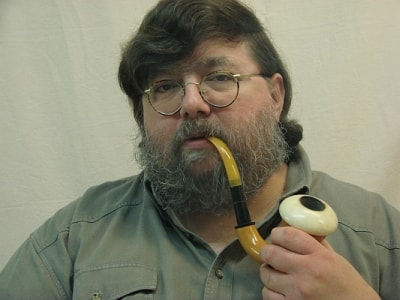In order to show this page completely, please switch on Javascript
Talk about … (1)
Tan Tien Chuan, Tai Chi Chuan - Differences
In Tan Tien Chuan one strives conceptionally to maintain connective tissue and muscles in an extension-reduced and hyperextension-free state as well as towards pressurelessness in all joints and joint cavities involved as the starting and end points of each and any particular movement.
Changes of pivot, moments of wedging, interruptions and contra effects, generated statically and exemplified by a rigid standing position, should be avoided. In Tan Tien Chuan increasingly long, continuous phases of uninterrupted movements are inter alia the result of striving towards these goals.
The integrated counter-momentum is a side-effect and practical consequence of typical Tan Tien exercises.
The various styles of Tai Chi Chuan and Taijiquan arise from and are based essentially upon stable points of accumulation, starting and ending and strive mechanically toward corresponding effects, whose transmission occurs along the resulting channels.
The permanent interplay between hard and soft, elastic and solid and the inseparable unity and simultaneousness of such mechanical exchange (Yin-Yang) is typical of all types of Tai Chi.
The beginning and end of such alternating points of movement is a firm standing position.
Incidentally both the schools of Tai Chi in their different forms as well as the other Chinese boxing styles and methods (e.g. Chuan Chu and the popular Kung Fu) have this in common in the form of the so-called Standing Horse Position in its myriad variations.
All impetuses require corresponding anchorage or mounting points as well as counter momenta, which leads to the creation of alternatively stabilised pivotal courses.
We find this idea presented in no certain terms in the Chen style as the mechanical principle of the Silk Spindle, which is adapted as a basic technique to the prerequisites of human movement. For the Chen style the principle of the standing column remains a fundamental object of teaching and learning.
In the Yang style the focus is upon the development of elastic or rather spiral-spring conditions of transmission. Last but not least one finds here the famous rootedness, i.e. the stability of the standing position, which is regarded in the Yang style as an indispensable skill, in order to execute effectively all other techniques.
Thus the possibility of comparing Tan Tien Chuan with the well-known styles of Tai Chi Chuan rules itself out from the very beginning.

H.B.
28. Mai 2009
Copyright 2009 by MA-Verlag, Dorfstraße 41, 25795 Stelle-Wittenwurth
Nachdruck und Wiedergabe, auch auszugsweise, nur mit ausdrücklicher Genehmigung des Verlages.
Telefon 04837/90 26 98 · Fax 04837/90 26 97
E-mail: tan.tien.tschuean@gmx.de
Internet: www.tantientschuean.de